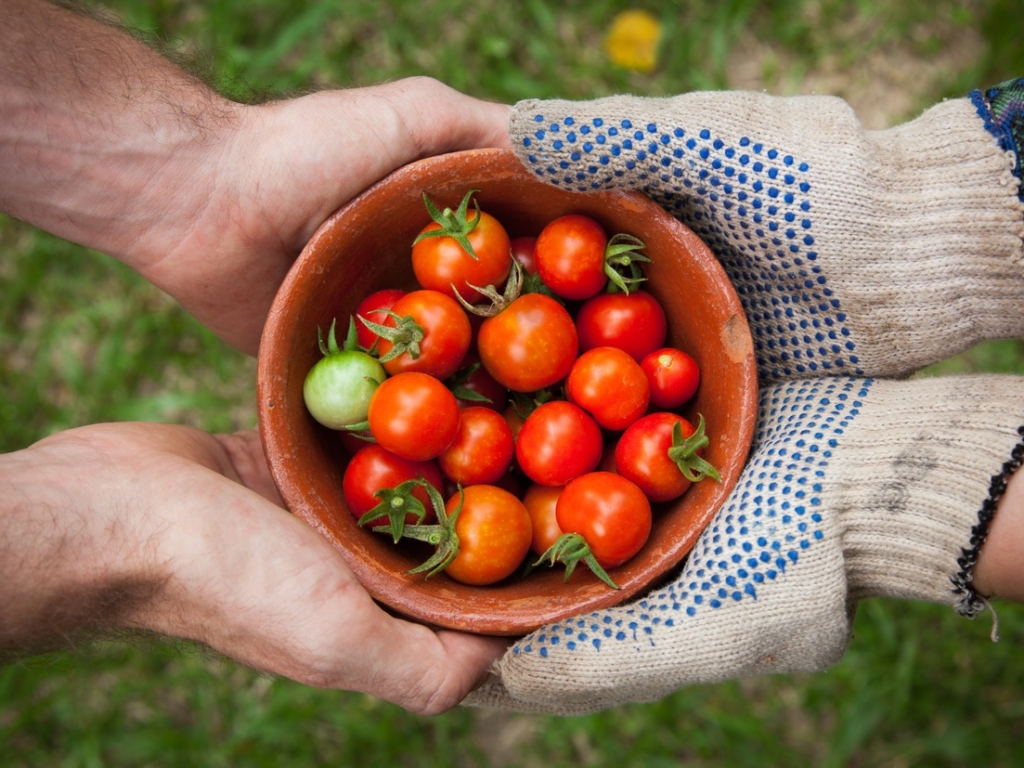
Katy Golvala
Bushwick residents aren’t getting nearly enough healthy food.
While the neighborhood isn’t technically a food desert as defined by the United States Department of Agriculture, there’s clear evidence of a serious issue when it comes to healthy food access. One out of every five Bushwick residents is “food insecure,” according to data from the Food Bank for New York City.
The term describes a lack of reliable access to enough food for a healthy lifestyle, and in Bushwick, the number of people facing food insecurity is higher than both Brooklyn (18 percent) and New York City overall (15 percent).
The neighborhood is also underserved when it comes to options for where to buy food. With only 104 square feet of supermarket space for every 100 people, Bushwick has one of the lowest rates in the entire city. Bushwick Daily readers have often voiced concerns that this is only going to get worse as new residents start to fill the giant apartment complexes that are currently being built.
But according to local food activists, calling Bushwick a “food desert” only addresses part of the issue.
“It’s just convenient for policymakers to say ‘food deserts’ are the culprits, as if to say just bringing in grocery stores into the community is going to solve the problem,” said Sara Vantournhout, Vice President of the Board for the Bushwick Food Cooperative.
Findings from a recent study conducted by economists at NYU, Stanford, and the University of Chicago support this claim. According to reporting from CityLab, the study found that the biggest difference in what people eat doesn’t depend on where they live, but on more fundamental differences in income, education, and nutritional knowledge. In fact, giving low-income consumers access to reasonably priced healthy food only reduced nutritional inequality by nine percent.
Education has a role to play in closing the nutritional gap, and Vantournhout says there are a ton of great initiatives underway in the neighborhood to change the way people eat. She points specifically to the work around nutritional education being done by Riseboro, an organization that has launched several initiatives aimed at improving people’s understanding of healthy food. In May, Riseboro will open the Bushwick Grows! Community Farm, a 5,600-square-foot yard where residents will be able to come together to learn about growing and eating healthy foods.
Amy Richards, a Health Projects Coordinator at Make the Road NY, says that while education is key to improving the health of Bushwick’s residents, the root causes of the nutritional gap also need to be addressed.
“We need to be doing it all at the same time,” said Richards.
Make the Road NY runs a food pantry in Bushwick, manages a community garden on the corner of Grove Street and Myrtle Avenue called La Finquita, and serves as a partner for the Ridgewood Youth Market. Additionally, the nonprofit works with the community on issues that underlie the food gap by fighting for safe housing and playing an active role in the effort to bring New York’s minimum wage up to $15, which Governor Cuomo signed into law in April 2016.
“As long as the housing crisis [persists] and wages are not increasing, people are going to be in need of food,” said Richards.
If you’re interested in working to improve nutritional inequality in Bushwick, there are countless ways to get involved. In addition to the ones mentioned above, other organizations working on this issue include Mayday Space, BK Rot, Oko Farms, and various independent community gardens.
Cover image courtesy of Elaine Casap.


